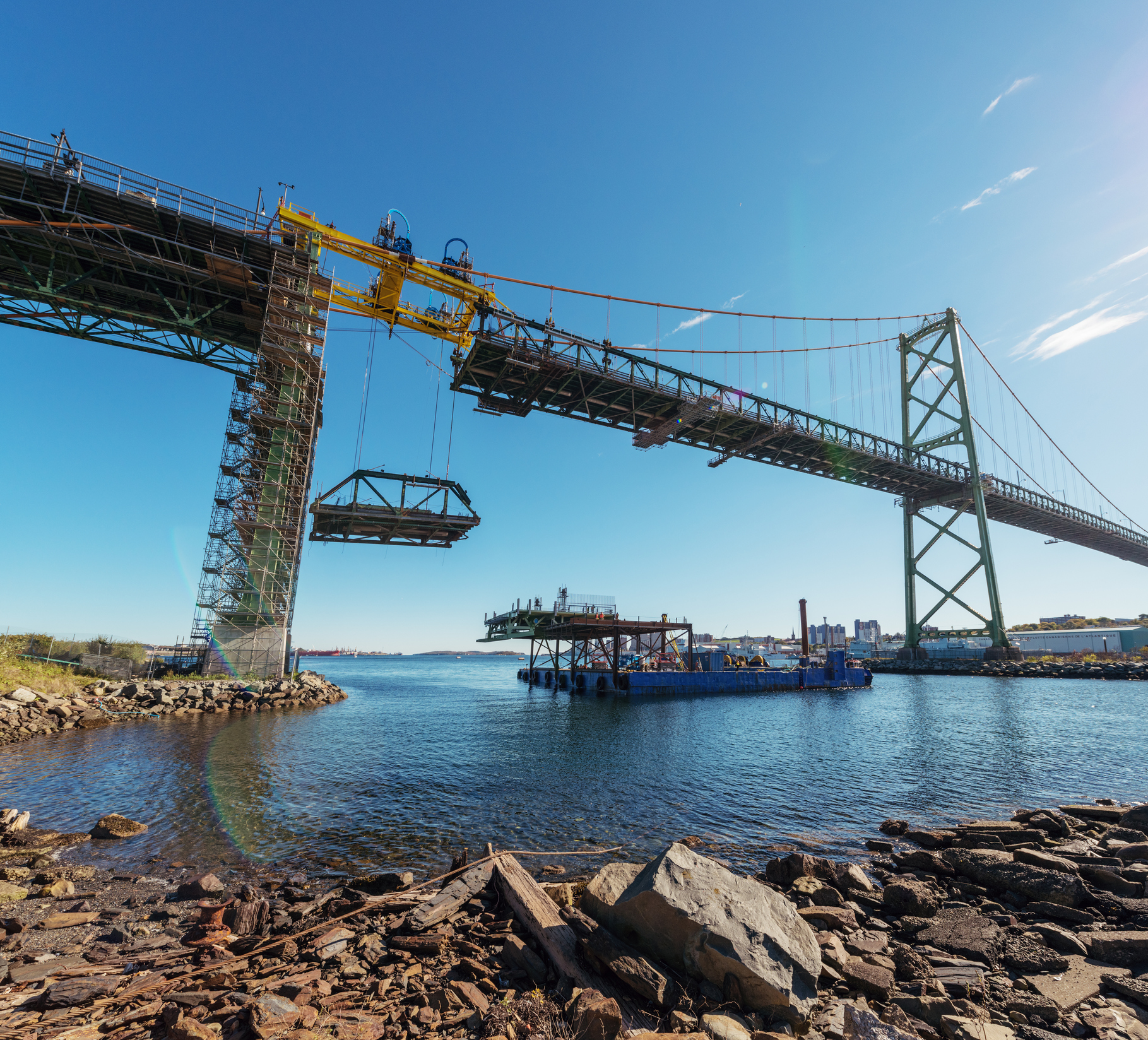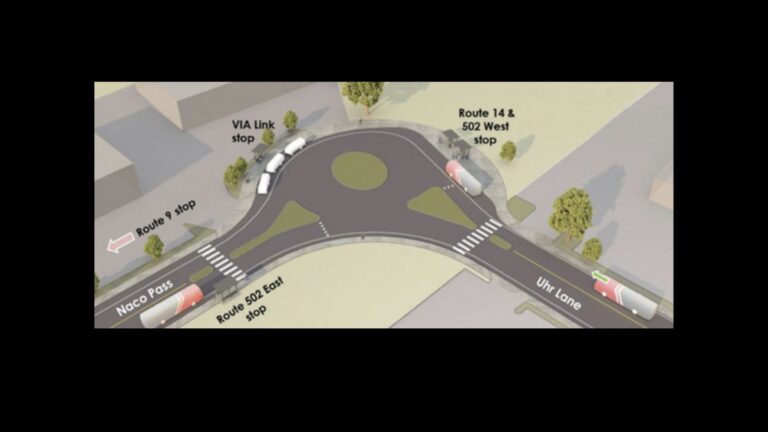
- The Texas DOT (TxDOT) has halted design work on the $803 million replacement of the Harbor Bridge in Corpus Christi, Texas, amid reports that FIGG Bridge Engineers Inc. has been removed from the project, according to KRIS-TV. The National Transportation Safety Board last month named FIGG’s design errors as the probable cause of the deadly March 2018 pedestrian bridge collapse at Florida International University (FIU).
- In a Nov. 14 statement to KRIS, the TxDOT said it “continues to fully review the recent findings by the National Transportation Safety Board (NTSB) for applicability to TxDOT projects. During this review, TxDOT has asked Flatiron-Dragados LLC, the developers of the Harbor Bridge Replacement Project, to suspend design activities on the Harbor Bridge project.”
- TxDOT added that safety is its top priority and that it has been closely monitoring design and construction activities since the project began. The original completion date was 2021, but recent delays have pushed that back to early 2023. The agency gave no indication as to when the bridge project would restart.
The current Harbor Bridge design at 1,661 feet in length, would be the longest cable-stayed bridge in the U.S., according to TxDOT. The bridge tower’s height of 538 feet will make it the tallest structure in southern Texas.
FIGG is currently certified by the TxDOT in several areas including bridge design, complex bridge inspection and bridge construction management. FIGG’s Texas bridge projects include the Houston Ship Channel Bridge and the Veterans Memorial Bridge in Port Arthur, Texas.
After a lengthy investigation into the FIU bridge collapse, which killed six and injured several others, the NTSB found that FIGG’s load and capacity calculation errors in the design of the main span truss member 11/12 nodal region and connection to the bridge deck were the probable cause of the tragic incident. In addition, the board also found that independent peer review consultant Louis Berger failed to catch those errors. FIGG’s engineer of record also did not recognize the dangers presented by cracks in the bridge structure prior to collapse, the NTSB said.
FIGG issued a statement shortly after the NTSB’s release of its final report citing a failure in the construction process, namely that construction crews did not roughen cold joints at nodal region 11/12, as “the fundamental cause” of the incident. The NTSB addressed that issue in its report and found that roughening would not have prevented the bridge collapse.
The NTSB also took the Florida DOT, FIU and FIU’s consultant Bolton Perez and Associates Consulting Engineers to task for not acting to close the flow of traffic under the bridge after cracking was observed.
In July, two Connecticut lawmakers expressed concern to the state’s DOT commissioner about FIGG’s involvement in the repair and inspection of the Arrigoni Bridge that connects the Connecticut cities of Portland and Middletown. The commissioner responded to their inquiry by assuring them that FIGG’s role was related to quality assurance only and that no one involved in the FIU project would be working on the Arrigoni.
Connecticut Sen. Norm Needleman and State Rep. Christie Carpino asked CDOT Commissioner Joseph Giulietti to give them regular updates on the project and to schedule a meeting closer to the time that repair work begins next year so that they can be briefed on what safety measures have been put in place prior to construction.
As of press time, FIGG officials had not responded to a request to comment on this story.
Source: Construction Dive







